-
 bitcoin
bitcoin $108309.944805 USD
-1.81% -
 ethereum
ethereum $3861.653445 USD
-2.57% -
 tether
tether $1.000476 USD
0.02% -
 bnb
bnb $1064.809647 USD
-3.07% -
 xrp
xrp $2.422923 USD
-2.29% -
 solana
solana $186.552328 USD
-0.93% -
 usd-coin
usd-coin $0.999917 USD
0.00% -
 tron
tron $0.322438 USD
-0.01% -
 dogecoin
dogecoin $0.194315 USD
-2.57% -
 cardano
cardano $0.642133 USD
-3.06% -
 chainlink
chainlink $17.657259 USD
-6.17% -
 hyperliquid
hyperliquid $35.120261 USD
-7.45% -
 ethena-usde
ethena-usde $0.999614 USD
0.03% -
 stellar
stellar $0.312748 USD
-3.27% -
 bitcoin-cash
bitcoin-cash $480.377391 USD
0.23%
How to connect to Binance's WebSocket?
Learn to connect to Binance's WebSocket for real-time trading and data retrieval, using JavaScript to establish and manage streams effectively.
Apr 12, 2025 at 05:14 pm
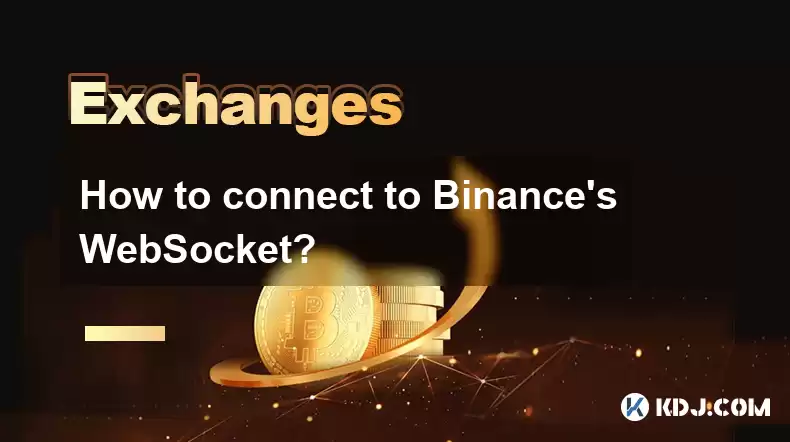
Connecting to Binance's WebSocket is a crucial skill for anyone looking to engage in real-time trading and data retrieval from the Binance exchange. This article will guide you through the process of establishing a connection to Binance's WebSocket, ensuring you can receive live market data, execute trades, and monitor your account in real-time.
Understanding Binance WebSocket
Binance's WebSocket is a powerful tool that allows for real-time communication between your application and the Binance server. Unlike traditional HTTP requests, WebSocket connections remain open, enabling the server to push data to the client as soon as it becomes available. This is particularly useful for traders who need to react quickly to market changes.
Preparing for Connection
Before you can connect to Binance's WebSocket, you need to ensure you have the necessary tools and knowledge. You will need a programming language that supports WebSocket connections, such as JavaScript, Python, or Java. Additionally, you should have a basic understanding of how WebSocket works and how to handle JSON data, as Binance sends data in this format.
Establishing the Connection
To connect to Binance's WebSocket, you will need to use the appropriate WebSocket URL provided by Binance. The general format for the WebSocket URL is wss://stream.binance.com:9443/ws/. Here's how you can establish a connection using JavaScript:
Open a WebSocket connection: Use the
WebSocketobject to initiate a connection to the specified URL.const ws = new WebSocket('wss://stream.binance.com:9443/ws/btcusdt@trade');Set up event listeners: You need to listen for events such as
open,message,error, andcloseto handle different scenarios.ws.onopen = () => { console.log('Connected to the WebSocket');};ws.onmessage = (event) => { console.log('Received message:', JSON.parse(event.data));};
ws.onerror = (error) => { console.log('WebSocket Error:', error);};
ws.onclose = () => { console.log('Disconnected from the WebSocket');};
Subscribing to Streams
Once the connection is established, you can subscribe to different streams provided by Binance. For example, to subscribe to the trade stream for the BTC/USDT pair, you can send a subscription message:
- Send a subscription message: After the connection is open, send a JSON message to subscribe to the desired stream.
ws.send(JSON.stringify({ method: 'SUBSCRIBE', params: ['btcusdt@trade'], id: 1}));
Handling Received Data
When you receive data from the WebSocket, it will be in JSON format. You need to parse this data and handle it according to your application's needs. For instance, if you are subscribed to the trade stream, you might want to log the price and volume of each trade:
- Parse and handle the data: Use
JSON.parse()to convert the received data into a JavaScript object.ws.onmessage = (event) => { const data = JSON.parse(event.data); if (data.e === 'trade') {console.log('Trade Price:', data.p, 'Trade Volume:', data.q);}};
Managing Multiple Streams
Binance allows you to subscribe to multiple streams simultaneously. This can be useful if you need to monitor different markets or types of data. To subscribe to multiple streams, you can send a single subscription message with an array of stream names:
- Subscribe to multiple streams: Send a JSON message with multiple stream names in the
paramsarray.ws.send(JSON.stringify({ method: 'SUBSCRIBE', params: ['btcusdt@trade', 'ethusdt@trade'], id: 2}));
Unsubscribing from Streams
If you no longer need to receive data from a particular stream, you can unsubscribe from it. This helps in managing the data flow and reducing unnecessary network traffic:
- Unsubscribe from a stream: Send a JSON message to unsubscribe from the specified stream.
ws.send(JSON.stringify({ method: 'UNSUBSCRIBE', params: ['btcusdt@trade'], id: 3}));
Handling Connection Issues
WebSocket connections can sometimes be unstable, and you need to handle potential issues such as disconnections or errors. Implementing a reconnection mechanism can help maintain a stable connection:
- Reconnect on close: Use a timer to attempt reconnection after a delay.
ws.onclose = () => { console.log('Disconnected from the WebSocket'); setTimeout(() => {const ws = new WebSocket('wss://stream.binance.com:9443/ws/btcusdt@trade'); // Reapply event listeners and subscriptions}, 3000); // Reconnect after 3 seconds};
Security Considerations
When working with Binance's WebSocket, it's important to consider security. Ensure that you are using the correct WebSocket URL and that your connection is secure (using wss instead of ws). Additionally, be cautious with the data you send and receive, as it may contain sensitive information.
FAQs
Q: Can I use Binance's WebSocket for placing orders?A: No, Binance's WebSocket is primarily used for receiving real-time market data. To place orders, you need to use Binance's REST API.
Q: How many streams can I subscribe to at once?A: Binance allows you to subscribe to up to 1024 streams per connection. However, it's important to manage your subscriptions efficiently to avoid overwhelming your application.
Q: What should I do if I encounter rate limits with WebSocket?A: If you encounter rate limits, you should review your subscription strategy and possibly reduce the number of streams you are subscribed to. Additionally, ensure you are not sending too many requests to the WebSocket server.
Q: Is it possible to use Binance's WebSocket with other programming languages?A: Yes, Binance's WebSocket can be used with various programming languages that support WebSocket connections, such as Python, Java, and C#. The process involves similar steps but with language-specific implementations.
Disclaimer:info@kdj.com
The information provided is not trading advice. kdj.com does not assume any responsibility for any investments made based on the information provided in this article. Cryptocurrencies are highly volatile and it is highly recommended that you invest with caution after thorough research!
If you believe that the content used on this website infringes your copyright, please contact us immediately (info@kdj.com) and we will delete it promptly.
- Stablecoins, Tether, and the BEST Crypto: A New York Minute on the Future of Finance
- 2025-10-22 17:10:12
- Tether's Reach: Costs and Benefits for Poor Nations
- 2025-10-22 17:10:12
- Bitcoin Rally: Analysts Weigh In on What's Next
- 2025-10-22 17:15:12
- Trezor Safe 7: A Quantum Leap in Hardware Wallet Security with Auditable Secure Element
- 2025-10-22 16:30:12
- XRP Price, Traders, and the Critical Zone: What's the Deal?
- 2025-10-22 17:15:12
- Pi Network vs. MAGAX: Meme-to-Earn Revolution
- 2025-10-22 16:50:01
Related knowledge

how to transfer usdc from coinbase?
Oct 21,2025 at 02:18am
Understanding Decentralized Exchanges in the Crypto Ecosystem1. Decentralized exchanges (DEXs) operate without a central authority, allowing users to ...
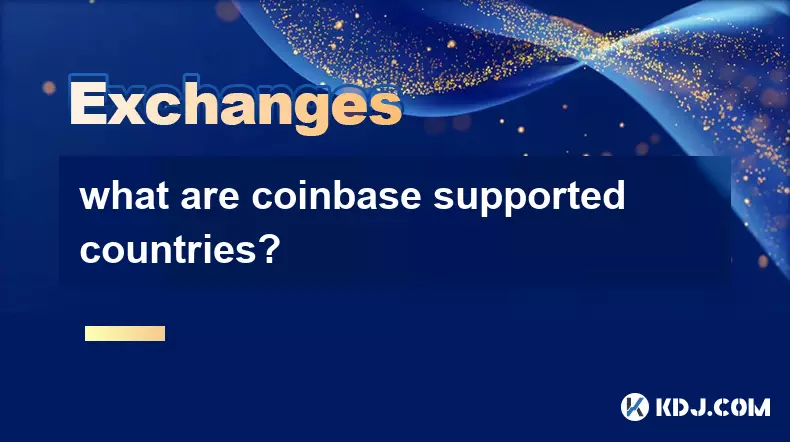
what are coinbase supported countries?
Oct 18,2025 at 12:01pm
Countries Where Coinbase Operates1. United States – Coinbase is headquartered in San Francisco, California, and provides full trading, staking, and cu...

how to check coinbase server status?
Oct 20,2025 at 08:54pm
How to Monitor Coinbase Server Status in Real Time1. Visit the official Coinbase status page, which provides live updates on the performance of all it...

how to delete payment method on coinbase?
Oct 22,2025 at 04:54am
Understanding Payment Methods on Coinbase1. Coinbase allows users to link various payment methods including bank accounts, debit cards, and PayPal. Th...
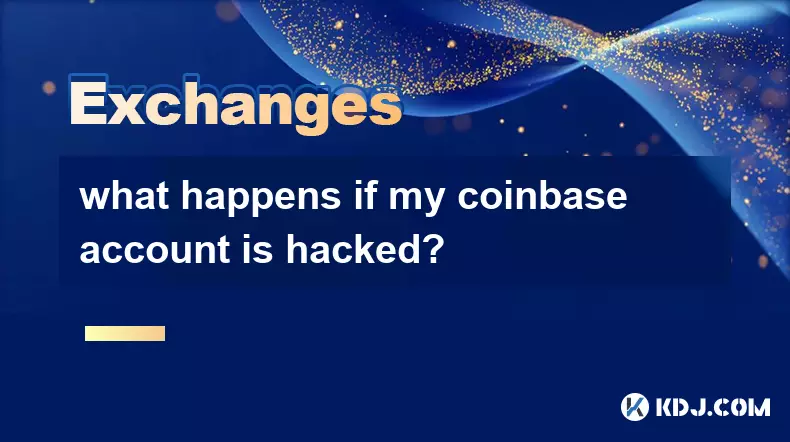
what happens if my coinbase account is hacked?
Oct 19,2025 at 06:19am
Immediate Steps to Take After a Coinbase Account Breach1. Immediately log into your Coinbase account from a secure device and change your password. Us...
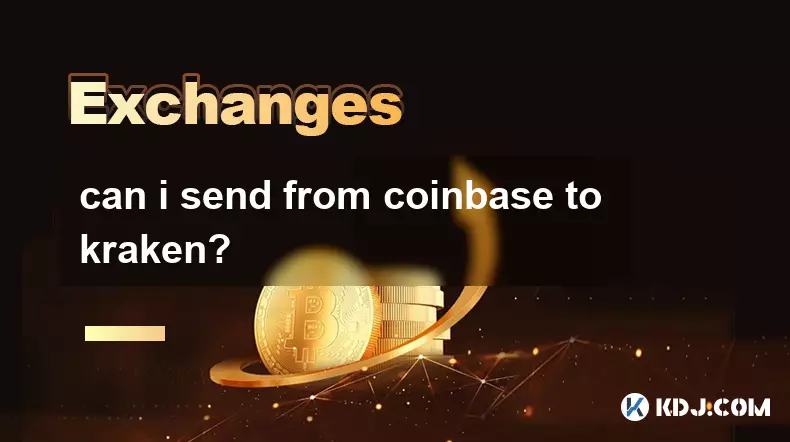
can i send from coinbase to kraken?
Oct 18,2025 at 03:37am
Transferring Funds from Coinbase to Kraken Sending cryptocurrency from Coinbase to Kraken is a common practice among traders seeking better liquidity,...

how to transfer usdc from coinbase?
Oct 21,2025 at 02:18am
Understanding Decentralized Exchanges in the Crypto Ecosystem1. Decentralized exchanges (DEXs) operate without a central authority, allowing users to ...

what are coinbase supported countries?
Oct 18,2025 at 12:01pm
Countries Where Coinbase Operates1. United States – Coinbase is headquartered in San Francisco, California, and provides full trading, staking, and cu...

how to check coinbase server status?
Oct 20,2025 at 08:54pm
How to Monitor Coinbase Server Status in Real Time1. Visit the official Coinbase status page, which provides live updates on the performance of all it...

how to delete payment method on coinbase?
Oct 22,2025 at 04:54am
Understanding Payment Methods on Coinbase1. Coinbase allows users to link various payment methods including bank accounts, debit cards, and PayPal. Th...

what happens if my coinbase account is hacked?
Oct 19,2025 at 06:19am
Immediate Steps to Take After a Coinbase Account Breach1. Immediately log into your Coinbase account from a secure device and change your password. Us...

can i send from coinbase to kraken?
Oct 18,2025 at 03:37am
Transferring Funds from Coinbase to Kraken Sending cryptocurrency from Coinbase to Kraken is a common practice among traders seeking better liquidity,...
See all articles





















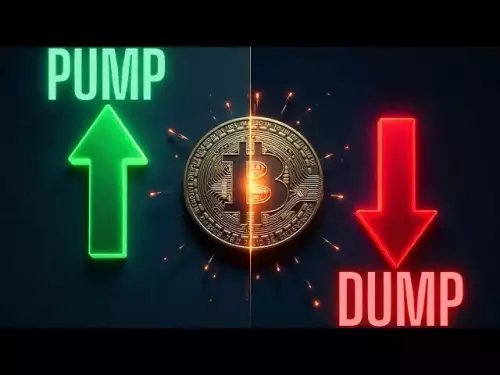



![dooMEd (Hard Demon) by MaxxoRMeN [1 Coin] | Geometry Dash dooMEd (Hard Demon) by MaxxoRMeN [1 Coin] | Geometry Dash](/uploads/2025/10/22/cryptocurrencies-news/videos/doomed-hard-demon-maxxormen-coin-geometry-dash/68f8029c3b212_image_500_375.webp)
















































